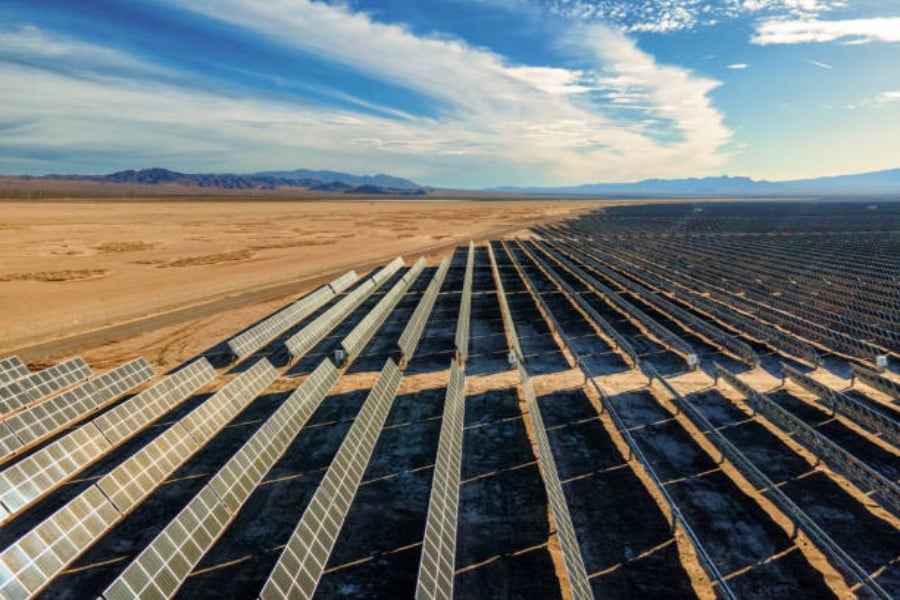Introduction
As the world turns towards renewable energy, solar energy is quickly gaining popularity. high efficiency flexible solar panels are leading the way in this trend, thanks to their ability to adapt to different surfaces, providing ease of installation, portability, and improved energy production.
What are High Efficiency Flexible Solar Panels?
High efficiency flexible solar panels are thin, lightweight, and made of advanced materials that efficiently convert sunlight into energy. These solar panels can be bent and shaped to fit various surfaces, making them ideal for use on uneven surfaces such as roofs, cars, boats, and other mobile settings.
The Advantages of High Efficiency Flexible Solar Panels
High efficiency flexible solar panels have many advantages over traditional rigid panels. For instance, they're more portable, easier to install, and can be customized to fit any size or shape. Unlike rigid panels, flexible solar panels are also less prone to damage from falling debris, hail, and other impacts. In addition, flexible solar panels provide greater energy yields, thanks to their advanced materials, making them more efficient in converting sunlight into electricity.
The Best Applications for High Efficiency Flexible Solar Panels
Flexible solar panels are versatile and can be used for various applications, such as powering off-grid home appliances, charging electric vehicles, or powering outdoor lighting. They're also ideal for recreational use, such as camping, hiking, or boating trips. Additionally, they can be used in developing countries where access to electricity is a challenge, providing a clean energy solution.
The Latest Technological Advancements in High Efficiency Flexible Solar Panels
Recent advancements in technology have made flexible solar panels even more efficient. One advancement is the development of tandem solar cells, which can improve efficiency by combining different materials. Another innovation is the use of perovskite materials, which have shown to increase solar efficiency by up to 10%. Furthermore, the use of nanotechnologies in manufacturing has led to improved electrical properties and ease of manufacturing, lowering production costs and increasing availability.
The Future Outlook for High Efficiency Flexible Solar Panels
The global high efficiency flexible solar panels market is projected to grow significantly in the coming years. The main drivers for this growth are the increasing demand for renewable energy and advancements in technology. The rising global demand for clean energy solutions, together with the need for flexible and easy-to-install solar panels, is expected to drive the growth of the market further. Moreover, developments in manufacturing, coupled with decreasing costs of production, will lead to greater affordability for consumers.
The Environmental Benefits of High Efficiency Flexible Solar Panels
High efficiency flexible solar panels are an efficient and environmentally friendly energy source. They produce zero emissions, unlike traditional energy sources such as fossil fuels, coal, and natural gas. Renewable energy is becoming increasingly important in reducing greenhouse gas emissions and slowing climate change. In addition, solar panels can also help reduce the dependence on non-renewable resources and protect natural landscapes from fossil fuel exploration and mining.
The Economic Benefits of High Efficiency Flexible Solar Panels
Switching to high efficiency flexible solar panels can also have economic benefits, especially for homeowners and businesses. By installing solar panels, they can save money on electricity bills while reducing their carbon footprint. Furthermore, the installation of flexible solar panels increases a home's value, providing an attractive and eco-friendly upgrade.
The Challenges of High Efficiency Flexible Solar Panels
While the future outlook for high efficiency flexible solar panels is bright, the industry still faces some challenges, such as affordability and durability. Although production costs are decreasing, flexible solar panels are still more expensive than traditional rigid panels. Another challenge is durability, as flexible panels may not last as long as traditional panels, primarily due to their exposure to harsh weather conditions. However, advancements in technology are addressing these challenges by improving durability and reducing costs, making them more accessible to consumers.
Conclusion
High efficiency flexible solar panels are the future of solar energy. They offer numerous advantages, including portability, ease of installation, and improved energy production. Furthermore, continuous advancements in technology are improving their efficiency, durability, and lowering their production costs. As the world turns towards renewable energy, high efficiency flexible solar panels are set to revolutionize the industry and provide a clean energy solution that is environmentally and economically beneficial.

